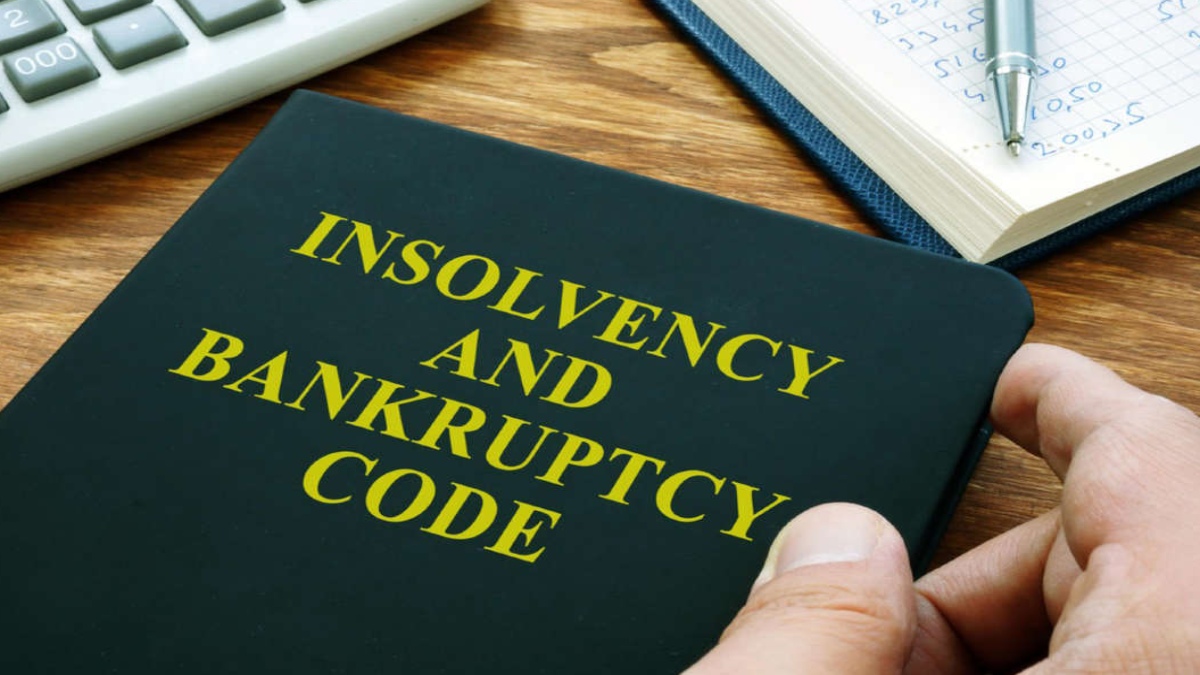The Government Is Seeking A Swift Solution For Easing Insolvency And Reorganising Infrastructure.
A fast track in insolvency resolution might increase overall process efficiency with the correct legislative architecture.

As per the folks familiar with the issue, the government proposes a creditor-led insolvency resolution process under bankruptcy legislation to expedite settlement and reduce the pressure on the National Company Legislation Tribunal (NCLT). Under this process, creditors and debtors might strike informal agreements on plans to settle bankruptcy and then approach the NCLT to admit the cases rapidly.
The specifics will be decided following further stakeholder engagement. The government has examined the best practices of numerous countries and follows a similar, if not the same, insolvency system. The suggested framework’s many features and structures are being studied, and a final outcome will be made in due course.

The IBBI has formed a panel led by full-time member Sudhaker Shukla to develop a ‘regulatory strategy’ for the IBC’s new fast-track resolution process. Senior bankers, former central bank officials, and insolvency specialists comprise the panel. The Insolvency and Bankruptcy Code (IBC)-mandated Corporate Insolvency Resolution Process (CIRP) has faced increasing delays due to mounting legal challenges and a lack of NCLT benches. Under the umbrella of the IBC, the new framework and the CIRP will coexist.
The existing management of stressed organisations may continue until the problem is resolved. This will likely minimise litigation in the insolvency admission and resolution process while reducing the adjudicating authority’s burden.
The idea, which would necessitate revisions to the IBC, was not included in the draughts amendments to the code released by the Ministry of Corporate Affairs (MCA) in January to solicit stakeholder feedback. According to another source, the creditor-led resolution strategy would be distinct from the pre-packaged plan, which also requires an informal arrangement between the lender and the defaulter for the insolvency admission procedure.
While the pre-pack structure now applies exclusively to micro, small, and medium-sized businesses, the creditors-led resolution would apply to all companies. Furthermore, unlike pre-pack, it might keep appropriate constraints on defaulting promoters’ bidding for assets, particularly willful defaulters, as is already applicable to the CIRP under Section 29A of the IBC.
Some Expert Opinions.
According to Yogendra Aldak, partner at Lakshmikumaran & Sridharan Attorneys, such a framework will allow all parties to grasp each other’s problems and resolve them through dialogue. This will lessen the load on the adjudicating body and significantly reduce the number of pending lawsuits.

Ruby Singh Ahuja, a senior partner at law firm Karanjawala & Co, said it would provide more possibilities for bad debt resolution but also called for protection. According to Ahuja, adequate efforts must be made to guarantee that this decision would not lead to an increase in questionable transactions.
According to Anoop Rawat, partner (Insolvency & Bankruptcy) at Shardul Amarchand Mangaldas, the new framework recognises the need for a quicker resolution procedure. The fast-track resolution procedure and the pre-pack resolution process (for MSMEs) are intended to eliminate resolution delays.
Process Takes Time.
According to IBBI data, the 611 bankruptcy cases concluded under the IBC to December 2022 took 482 days on average, excluding time excluded by the NCLT. The International Business Code allows a maximum of 270 days to settle a company’s insolvency. In these 611 cases, creditors recovered Rs 2.53 lakh crore or 30.4% of their acknowledged claims. To be fair, the realisation in the instance of 516 enterprises was 84% of the fair value calculated when they were approved for CIRP.
A pre-packaged programme for small businesses, which has yet to see considerable take-up, is a before discussions on the Insolvency and Bankruptcy Board of India’s (IBBI) current proposal.
Nirmala Sitharaman, our minister of finance and corporate affairs, stated last month at an event that delays in registering vacancies at NCLT and NCLAT are affecting the settlement process.
The layers of decision-making involved in it only take a long time to follow the proper individuals so that they are transparent in their operations and decision-making, she had stated.

In the settlement of insolvency, time is of importance. Once accepted, a company’s business prospects rapidly deteriorate under administrators. Creditors benefit less from protracted appeals. Negotiated agreements avoid these difficulties by limiting litigation and allowing a company’s current management to drive it through debt settlement. The regulations for such a mechanism must guarantee that agreements made between borrowers and lenders are legal. A fast track in insolvency resolution might increase overall process efficiency with the correct legislative architecture.
Conclusion.
IBC must issue figures that differ from traditional debt-resolution processes. Data from other methods are not very favourable, except for IBC’s ability to address some of the country’s most severe cases of the debt crisis. Through Debt Recovery Tribunals (DRTs) and Lok Adalats, the government is pressuring banks to clean up their portfolios of minor bad loans. Meanwhile, it must unclog the IBC pipeline to manage more significant ticket sizes. Innovative techniques are required.
The Insolvency and Bankruptcy Code (IBC) has yet to deliver on its promise of quickly unlocking cash trapped in zombie corporations, and changes based on foreign experience are desirable.
Proofread & Published By Naveenika Chauhan




